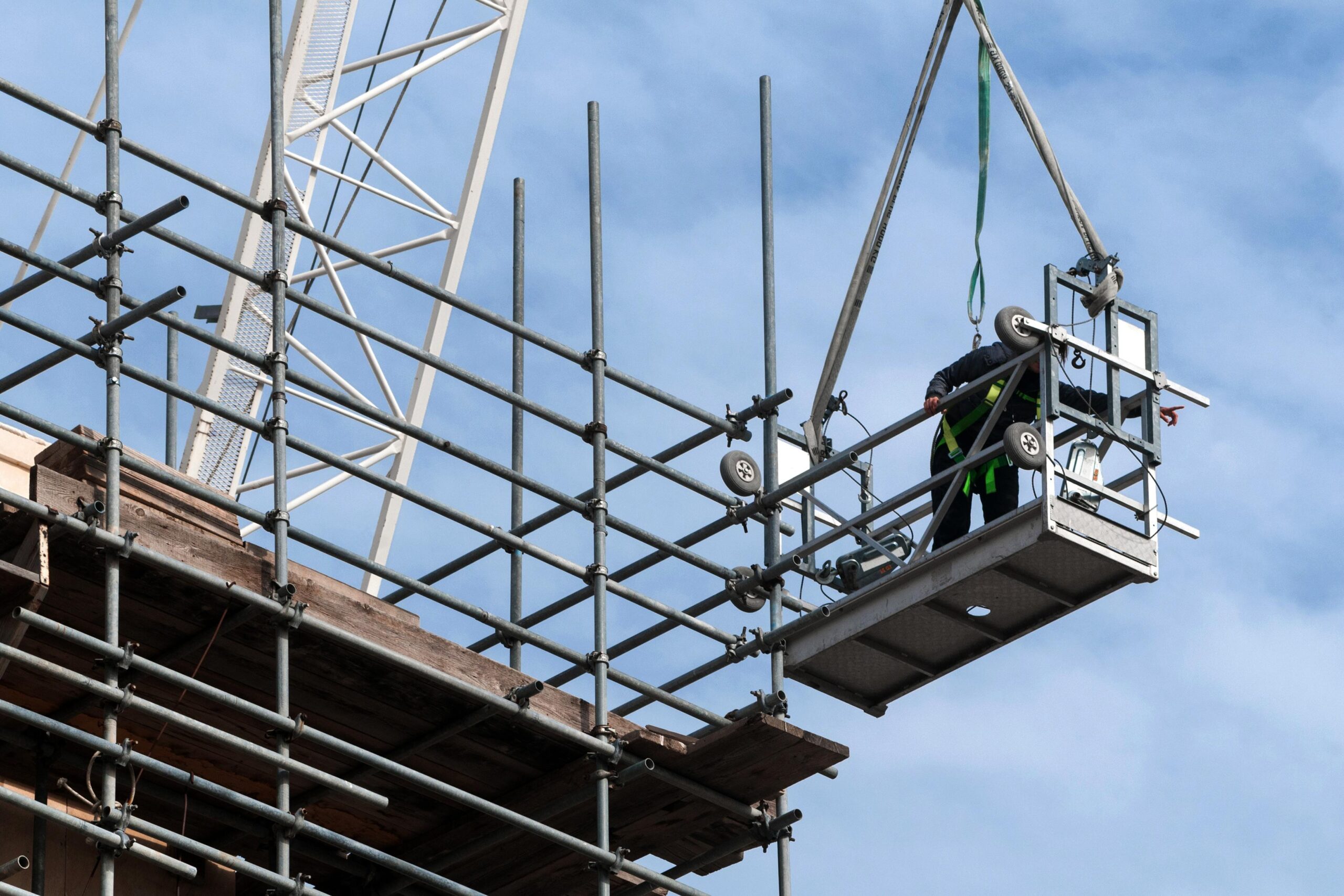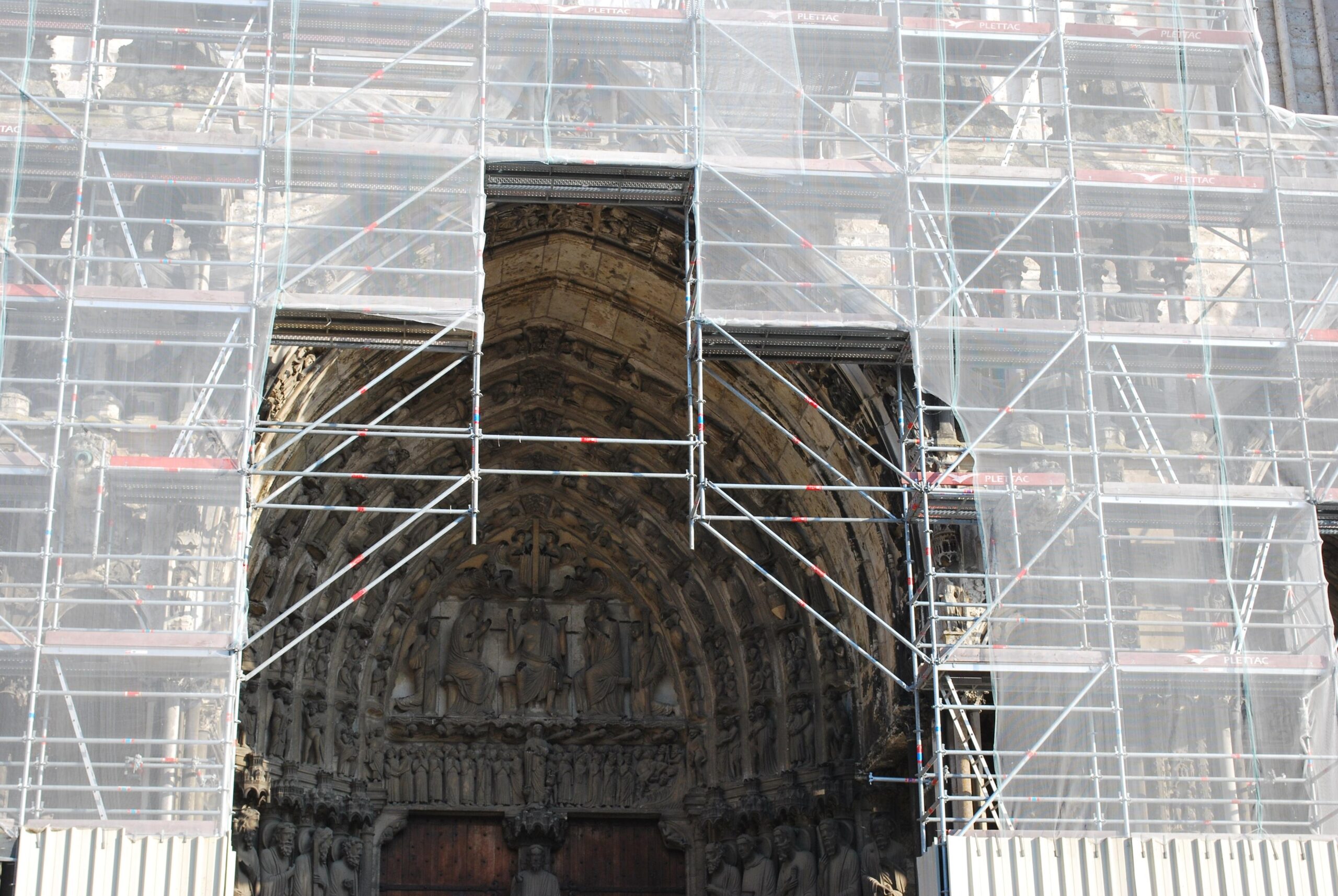A Guide To Special-Duty Scaffolds
Scaffolding has enhanced the construction industry over the years. Every project that involves working at heights requires this equipment to provide safe access to work areas. However, this equipment comes with risks—the most significant being falls that may lead to fatal injuries. Statistics reveal that such incidents account for 3.5% of work-related injuries.
As such, it’s vital to have safety precautions in place when using scaffolding. One way of doing this is by using appropriate equipment for your projects. For instance, you can use special-duty scaffolds that are designed for specific load capacities and tasks. Selecting the right specialized scaffolding for your work will increase the safety of your workers and everyone onsite.
One important step towards improved safety is having a better understanding of special-duty scaffolds. Keep reading to learn more.
What Are Special-Duty Scaffolds?

As mentioned earlier, this type of scaffolding is meant for unique or challenging construction tasks. The manufacturers specify the exact load that can be supported by this equipment, and exceeding it can be disastrous.
Types Of Special-Duty Scaffolds
It’s worth noting that this scaffolding can have various features and modifications to accommodate your individual tasks. This means there are different types for various uses.
- Suspended Scaffolds
Suspended scaffolds, also known as hanging scaffolds, rely on brackets attached to buildings for support. These brackets take the form of inverted Ls, with one arm affixed to a vertical surface while the other extends horizontally. The horizontal extension supports the scaffold plank or walk boards.
This type of scaffold is best in scenarios where traditional scaffolding would pose a challenge or be deemed unfeasible. For instance, it can be used in bridge renovations, where it might be difficult to find stable ground to support the likes of tower scaffolding.
Another advantage of suspended scaffolds is that they’re quicker and simpler to assemble. If you have a time-sensitive project, this could be a good option. However, keep in mind that hanging bracket scaffolds are typically suitable for relatively small-scale construction jobs.
- Cantilever Scaffolds
Also known as outrigger scaffolding, this is designed to help workers access areas they can’t reach directly due to obstacles or structural limitations. Its unique design allows the scaffold platform to extend horizontally beyond the support structure, enabling workers to work safely and efficiently in challenging locations.
Cantilever scaffolding has several critical components:
- Cantilever beam: This is the main structural element that extends horizontally from the building or support structure. It acts as the primary support for the scaffold platform. It’s typically made of steel or aluminium, and it is designed to withstand the loads applied during work activities.
- Counterweights or uprights: Cantilever scaffolding requires a counterbalancing system to ensure stability and prevent it from tipping over. This can be achieved with counterweights or upright supports. Counterweights are typically heavy masses placed on the opposite side of the cantilever beam, whereas upright supports are vertical beams that transfer the load to the ground or another stable surface.
- Scaffold platform: The scaffold platform is the working surface where workers stand and perform tasks. It’s securely attached to the cantilever beam and can be made of wood, steel, or aluminium. The platform should be wide enough to accommodate the workers and their tools and equipment.
- Guard rails and safety features: Cantilever scaffolding must be equipped with appropriate guard rails, toeboards, and other safety features to ensure worker safety. These safety components help prevent falls and create a secure working environment.
- Adjustable length: These scaffolds often have adjustable cantilever beam lengths to accommodate different reach requirements. This allows for flexibility in accessing various areas without the need for extensive modifications or repositioning of the support structure.
The components of cantilever scaffolding ensure stability and prevent falls, creating a secure working environment. Many construction companies offer scaffold hire services for cantilever scaffolding, making it easy to access this specialized equipment for your projects.
- Spur Scaffolds
This type of scaffolding relies on inclined load-bearing components for support, such as diagonal braces or angled supports. To ensure safe use, certain control measures must be followed, such as fixing propping systems at intervals that align with the spacing of the scaffold standards.
Spur scaffolds consist of the following key components:
- Spur bracket: This is a bracket or support arm that extends horizontally from the scaffold structure. It is attached to the vertical members (standards) of the scaffold using couplers or clamps.
- Support leg: The support leg is a vertical fixture that extends from the spur bracket to the ground or another stable surface. It provides stability and bears the weight of the scaffold structure, transferring it to the ground.
- Base plate: The base plate is located at the bottom of the support leg and provides a stable and level footing for the scaffold. It helps distribute the load and prevents the leg from sinking into the ground.
With proper installation and adherence to control measures, spur scaffolds can be a safe and effective solution for accessing challenging locations on construction sites.
How To Choose Special-Duty Scaffolds

Choosing the right special-duty scaffold involves consideration of several important factors to ensure safety and functionality. Here are some steps to help you make an informed decision:
- Assess the project requirements. Determine the specific needs of your project. Consider factors such as the height and load-bearing capacity required, the type of work to be performed, and any special conditions or restrictions on the site.
- Evaluate scaffold types. Familiarise yourself with different types of special-duty scaffolds available in the market. Some common types include suspended scaffolds, mast climbers, mobile towers, and system scaffolds. Each type has unique advantages that make it suitable for specific applications.
- Understand weight capacity. Determine the maximum weight capacity the scaffold needs to support. Consider the weight of workers, tools, equipment, and materials that will be on the scaffold simultaneously. Ensure the chosen scaffold has a sufficient weight rating for your requirements.
- Check safety features. Safety is paramount when working at height. Ensure the special-duty scaffold you choose has the necessary safety features, such as guard rails, toeboards, anti-slip surfaces, and fall protection systems. Look for certifications or compliance with relevant safety standards.
- Consider mobility. If your project requires frequent scaffold movement, choose a mobile or portable option that can be easily dismantled, transported, and reassembled. Check the wheels or casters for smooth movement and stability.
- Review durability and material. Assess the durability and material quality of the scaffold. It should be capable of withstanding the intended workload and environmental conditions. Look for scaffolds made from sturdy materials like steel or aluminium, which offer strength and corrosion resistance.
- Seek expert advice. Consult with experienced professionals, scaffold suppliers, or scaffold hire companies to discuss your specific requirements. They can provide valuable insights and recommend suitable options based on their expertise.
- Check local regulations. Familiarise yourself with local regulations, standards, and guidelines related to scaffolding. Ensure the chosen scaffold complies with all safety regulations and is legally permitted for use in your area.
- Compare prices and suppliers. Obtain quotes from multiple suppliers to compare prices, warranties, and customer support. Consider the reputation and reliability of the supplier to ensure you receive quality products and services.
- Perform a risk assessment. Conduct a thorough risk assessment for your project, considering factors such as terrain, weather conditions, and potential hazards. Identify any specific safety requirements or additional accessories needed for your chosen scaffold.
Selecting the right special-duty scaffold is crucial for ensuring safety on challenging construction projects. By assessing project requirements, evaluating scaffold types, and considering factors such as weight capacity, safety features, and local regulations, you can make a more informed decision.
Conclusion
Special-duty scaffolds play a crucial role in providing safe and efficient access for workers in construction. When selecting a special-duty scaffold, it’s important to consider the specific needs of the job, including the weight capacity, height requirements, and environmental factors. Proper training and adherence to safety guidelines are also essential for ensuring the safety of your workers. By following these guidelines and taking the necessary precautions, they can safely and effectively perform their duties to ensure the success of your project.


